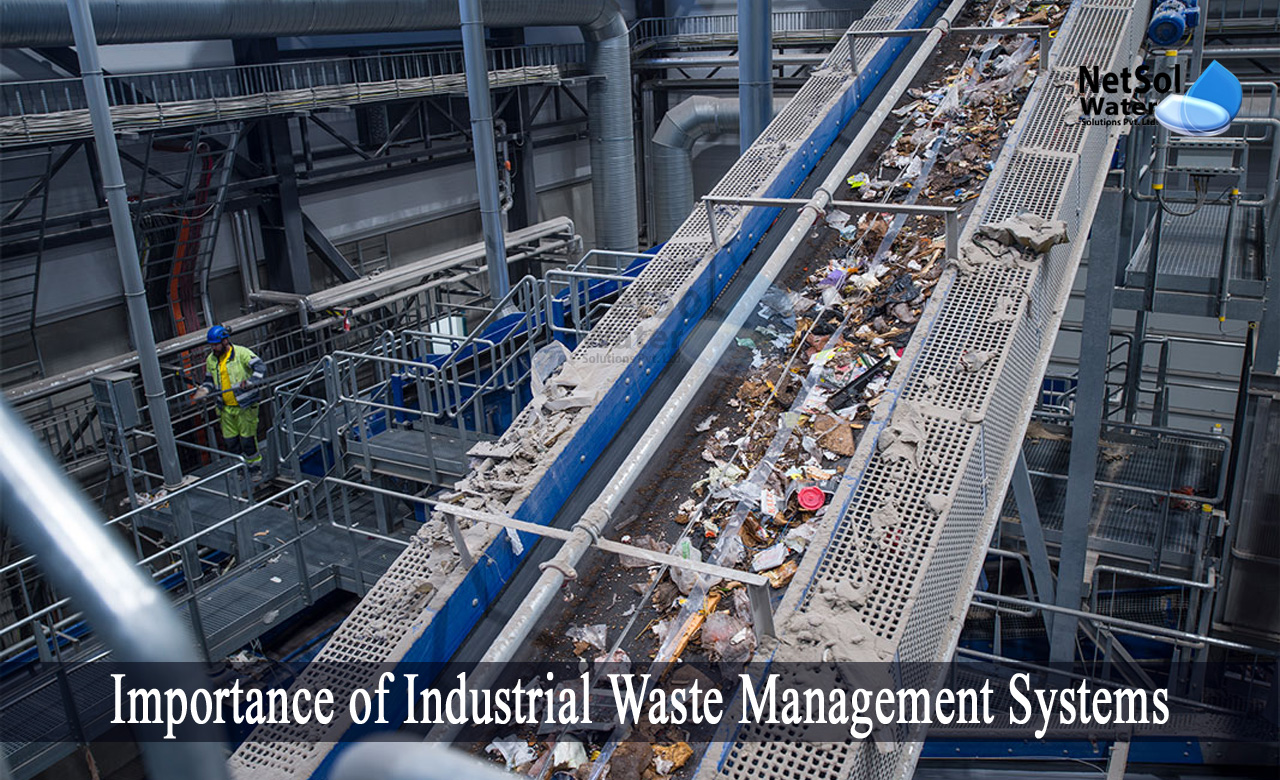Our Reclaim Waste PDFs
Our Reclaim Waste PDFs
Blog Article
3 Easy Facts About Reclaim Waste Described
Table of ContentsThe 30-Second Trick For Reclaim WasteThe Best Strategy To Use For Reclaim WasteFascination About Reclaim WasteThe Definitive Guide to Reclaim WasteThe 4-Minute Rule for Reclaim Waste
Residential sewage waste refers to the waste and items from a property septic tank. The appropriate administration and disposal of domestic sewage waste need liquid waste to be moved to a sewage treatment plant where the correct techniques and tools are used to detoxify and dispose of waste.
Business waste commonly includes potential threats, such as flammable materials or a mix of liquid and strong waste items, and requires an advanced and in-depth disposal process. The disposal of industrial waste commonly entails the purification of waste prior to transport to ensure risk-free and appropriate disposal. Industrial waste is developed from byproducts and overflow of industrial processes and production.
This sort of waste can not utilize the very same sewage monitoring transportation or processes as septic or commercial fluids. The commercial waste monitoring process needs the assessment and testing of fluid waste before it undergoes the disposal process (liquid waste disposal). Drainage waste is the liquid waste that originates from runoff and excess stormwater in extremely booming locations or cities
Overflow waste can cause contamination and flooding if not taken care of properly. Making sure correct waste management can avoid calamities and minimize ecological injury.
The Basic Principles Of Reclaim Waste
Call PROS Solutions today to discover our waste administration and disposal services and the appropriate ways to look after the liquid waste you create.
(https://reclaim-waste-48112599.hubspotpagebuilder.com/reclaim-waste/expert-liquid-waste-removal-and-disposal-services-your-complete-guide)This so-called 'wastewater' is not just a crucial resource however, after treatment, will certainly be released to our land, rivers or the ocean. Made use of water from bathrooms, showers, bathrooms, kitchen area sinks, laundries and commercial procedures is understood as wastewater.

water used to cool down machinery or tidy plant and equipment). Stormwater, a kind of wastewater, is overflow that moves from agricultural and urban areas such as roofs, parks, gardens, roads, paths and rain gutters into stormwater drains, after rainfall. Stormwater streams neglected straight to regional creeks or rivers, ultimately getting to the sea.
The Main Principles Of Reclaim Waste
In Queensland, a lot of wastewater is dealt with at sewer treatment plants. Wastewater is moved from residential or industrial sites through a system of sewage systems and pump stations, called sewerage reticulation, to a sewage treatment plant. Local governments build, keep and run most sewer therapy plants. Operators are certified under the Environmental Management Act 1994 to discharge cured wastewater at an acceptable ecological criterion into rivers.
The Department of Natural Resources recommends regional governments about managing, operating and maintaining sewage systems and treatment plants. In unsewered locations, city governments might need householders to install individual or household sewer treatment systems to treat residential wastewater from bathrooms, cooking areas, bathrooms and laundries. The Division of Natural Resources authorises the usage of household systems when they are shown to be reliable.
In some brand-new neighborhoods, treatment of some stormwater to remove trash, sand and gravel has started using gross contaminant catches. Wastewater treatment takes place in four phases: Removes strong issue.
Makes use of tiny living microorganisms knows as micro-organisms to damage down and get rid of staying dissolved wastes and fine particles. Micro-organisms and wastes are incorporated in the sludge.
The smart Trick of Reclaim Waste That Nobody is Talking About
Nutrient elimination is not offered at all sewage treatment plants because it calls for costly specialist tools. It is ending up being more typical in Queensland. Clear fluid effluent generated after therapy might still have disease-causing micro-organisms. If this effluent is launched right into rivers such as rivers or the sea, the micro-organisms will at some point die out.

This typically implies wastewater has to be dealt with or impurities gotten rid of prior to it can be discharged to waterways. The majority of wastewater moves right into the sewage system. Under the Act, neighborhood governments carry out authorizations and licences explanation for environmentally relevant tasks (Ages) involving wastewater launches that could have a regional impact. The division carries out authorizations and licences to Ages including wastewater releases that could have a regional or statewide influence.
The 9-Second Trick For Reclaim Waste
Monitoring offers accurate info concerning water quality and can confirm that licence conditions are being satisfied. The info acquired via monitoring provides the basis for making water quality decisions.
Report this page